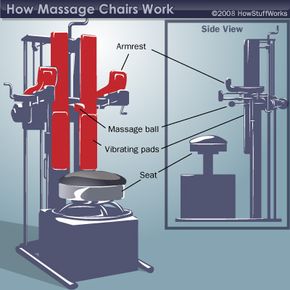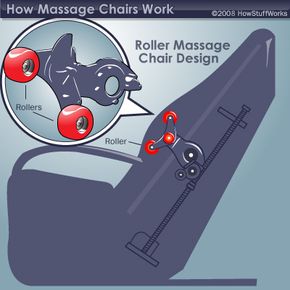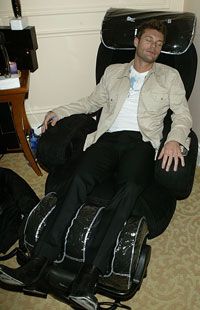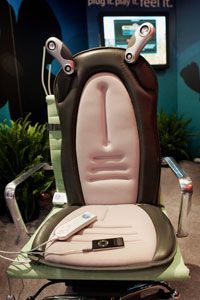Imagine this scenario: you come home after a long day. Your back is stiff, your shoulders ache and your feet are throbbing with pain. You slip off your shoes, sit back in a reclining chair and pick up a remote. But you're not about to watch television -- you're telling your chair about all your aches and pains. Then your chair gives you a massage.
Robotic massage chairs have been around for a few decades. In the United States, they're luxury items that can cost several thousand dollars. While massage chairs have a relatively small market in the United States, that's not the case everywhere. Many Web sites claim that massage chairs are much more common in Japan -- some sites estimate that more than 20 percent of Japanese households have one.
Advertisement
The idea behind a robotic massage chair is pretty simple. A device on or inside the chair provides the person sitting in it the sensation of receiving a massage. Some chairs only have simple vibrating elements. Others contain complex machinery designed to mimic a human massage therapist's techniques. All of them are designed to provide comfort and relief to weary people with disposable income.
While many of the massage chairs on the market rely on a mechanical approach, inventors have come up with several other techniques to perfect the massage chair. Some have created designs that use water to massage away tension and stress. Others use a series of airbags to squeeze muscles and promote blood circulation. Several massage chair manufacturers use a combination of technologies in their products.
How do these machines work? Sit back, relax and set your chair to "shiatsu" as we take you through step by step. Let's start with the mechanical approach.
Advertisement




